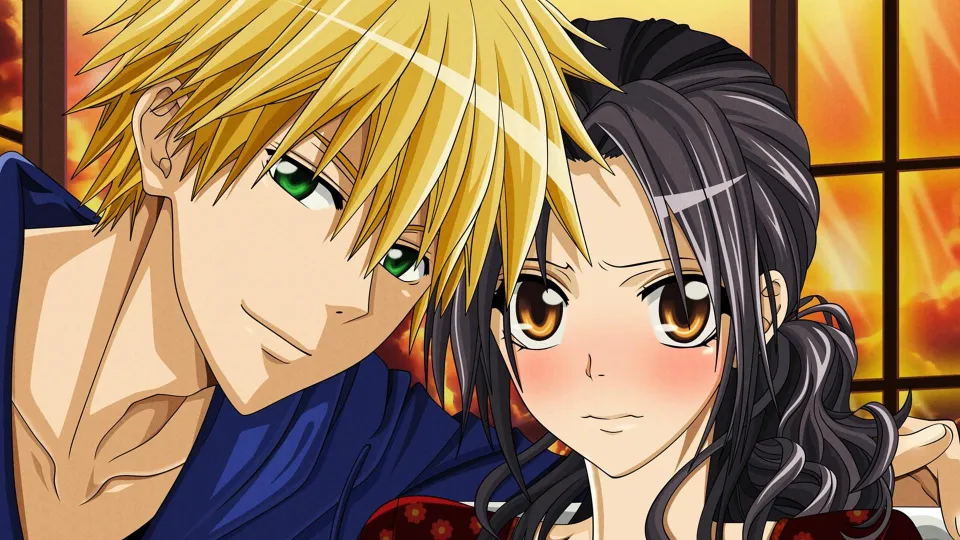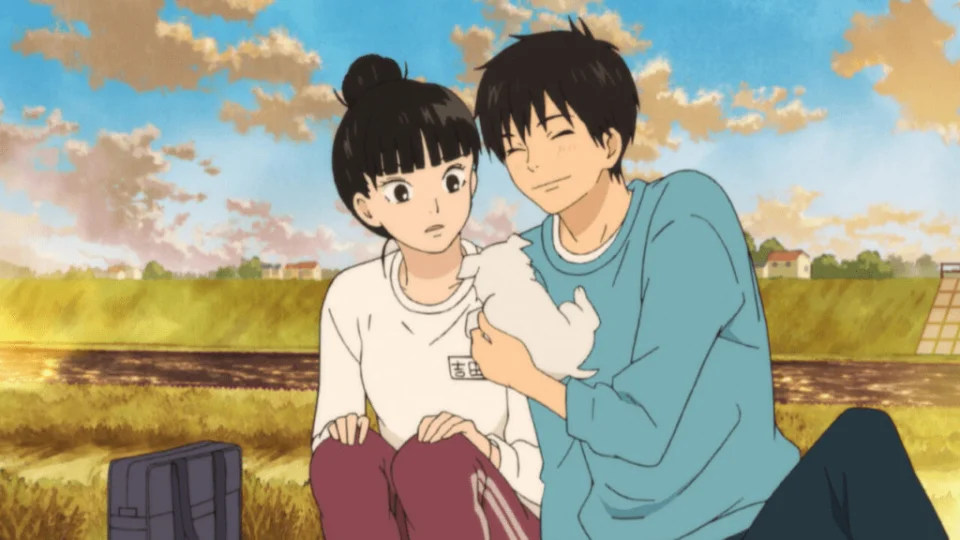Is shoujo in decline?

Shoujo is a manga and anime demographic that targets young girls between the ages of 12 and 18 (this is just a recommendation, as anyone could start reading shoujo at any time). However, demographics do not only mean that they are directed towards a sector of the population, but that their stories have a distinctive stamp between elements and identity (reading a shonen romcom is not the same as reading a shoujo romcom).
However, it seems that there are fewer and fewer adaptations of shoujo manga to anime. While demographics are still popular in manga and live-action formats, anime studios have been very selective in selecting franchises that will convert anime. Out of dozens of premieres each season, only one or two new anime are of shoujo demographics, which has led fans to think that this demographic is on the decline.
The best time for the shoujo demographic was between the years 2000 and 2010. Many high school romance and first crush stories from the perspective of a female protagonist were able to win the hearts of viewers. From "Kimi ni Todoke" to "Suki tte Ii na yo. (Say "I Love You.")", both series focus on a quiet female protagonist who wants to connect with her peers, but her introverted nature is a hindrance. They get help from the most popular kid in high school and the rest already know it.

The popularity of shoujo also came from the rise of reverse harems. "Ouran High School Host Club" is the most emblematic example of this trend, following the story of Haruhi Fujioka, a girl who joins an institute's host club to pay for an antique vase she accidentally broke. Although gender-bending or crossdressing had been seen before, "Ouran High School Host Club" executed this theme in a clever and humorous way, leaving an impression on the audience that still lasts today. It is even said that this franchise led many women to get to know genres such as Boys' Love (BL) and Yaoi for the first time, inadvertently increasing the popularity of both.
But shoujo definitely entered a period of decline. The demographics could not be properly updated, presenting the same stories over and over again. The romantic plots of shoujo became repetitive ad nauseam: two people meet, fall in love, confess, and eventually become a couple. This is completely different from shonen romance, which was able to survive thanks to the fact that it incorporated other subgenres to captivate audiences.
With these combinations, romantic comedies were able to survive within the shonen demographic, so studios began producing more anime adaptations for this demographic for the simple fact that there are more opportunities for success. Studios are primarily looking to make a profit, and they surely won't produce a manga adaptation if it doesn't have a solid fan base.
Moreover, we cannot ignore the fact that women themselves no longer think the same as they did twenty years ago. The male protagonists of shoujo series are assertive and outgoing, and take on the role of the "prince charming who saves the female protagonist". Nowadays there is talk of women's empowerment, so they want to get rid of traditional gender stereotypes, and shoujo did not know how to adapt to these changes in time.

Or so many thought. Certainly, shoujo has adapted to the new perspectives and interests of modern young women. There are more and more series starring brave women motivated by their own success. "Akagami no Shirayuki-hime (Snow White with the Red Hair)" and "Akatsuki no Yona (Yona of the Dawn)" are two clear examples of independent and strong female protagonists, which allow modern young women to identify with them.
The rise of isekai also ended up hitting the shoujo demographic like a meteorite. Studios began to adapt many light novels on this theme, especially where a young woman is reincarnated in another world and must learn to survive and create a new life for herself. This combination of shoujo and isekai led to the creation of a new subgenre: that of reincarnated villains. Did it seem like a coincidence to you that we see these adaptations one after the other every season?

So if you think shoujo demographics are on the decline, you're actually stuck in the 2000s. Today, shoujo is no longer just about serious romance, but has evolved to take a new perspective on the romantic love story formula. It's not that shoujo is in a dark age, but rather that it has evolved to adapt to recent times. In fact, you'd be surprised how many popular series from recent years are, in fact, of shoujo demographics.
Source: CBR

